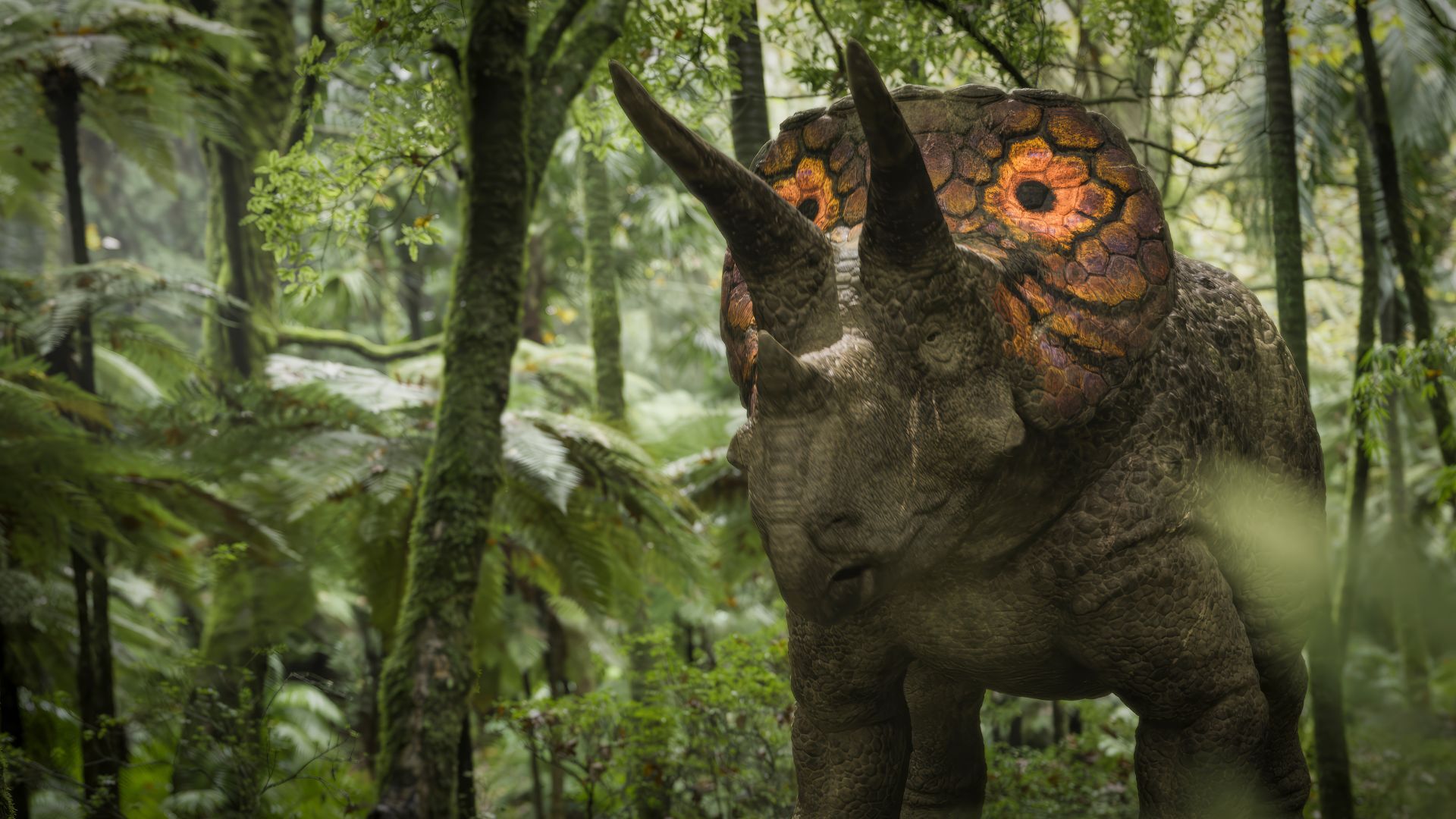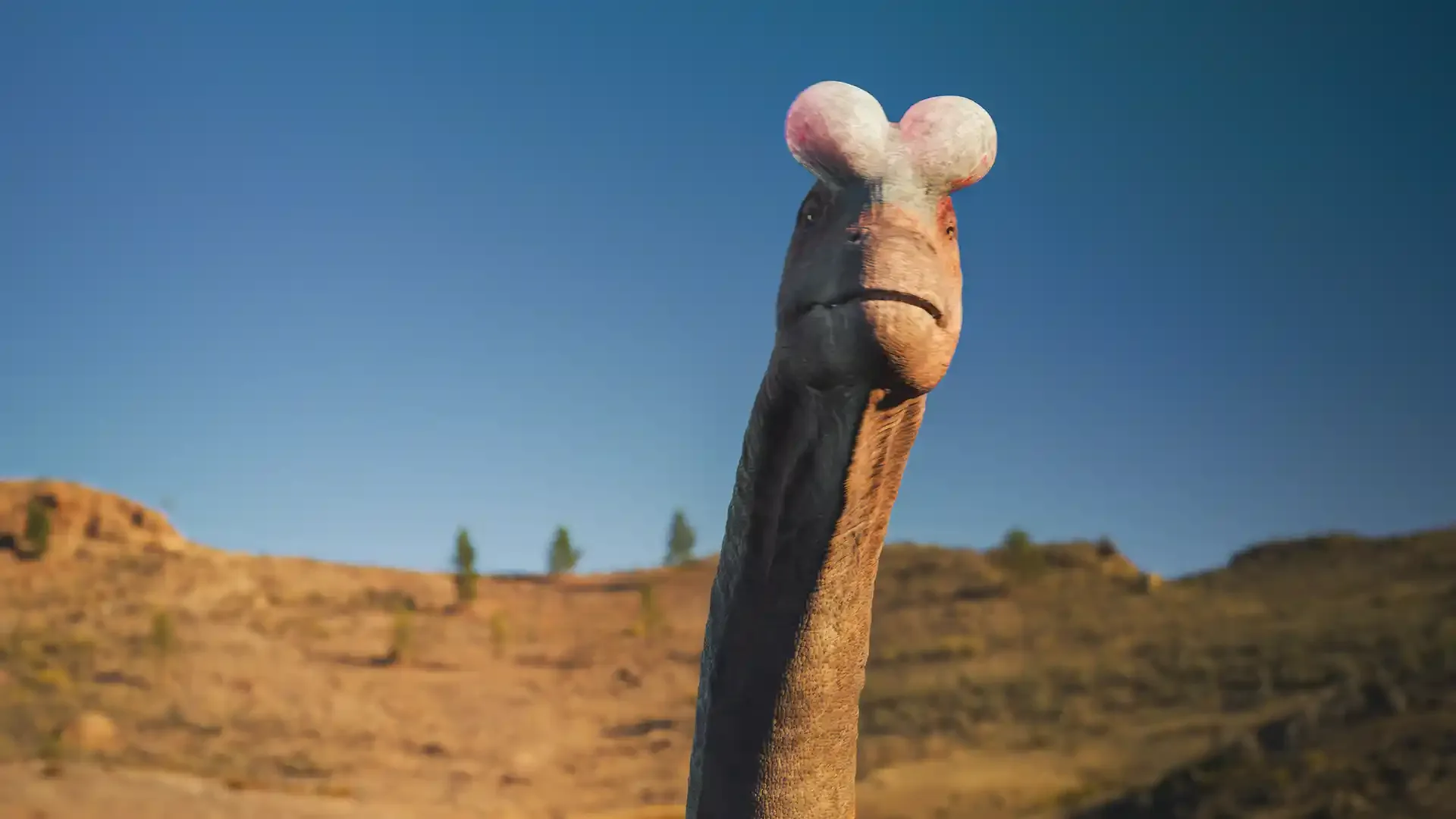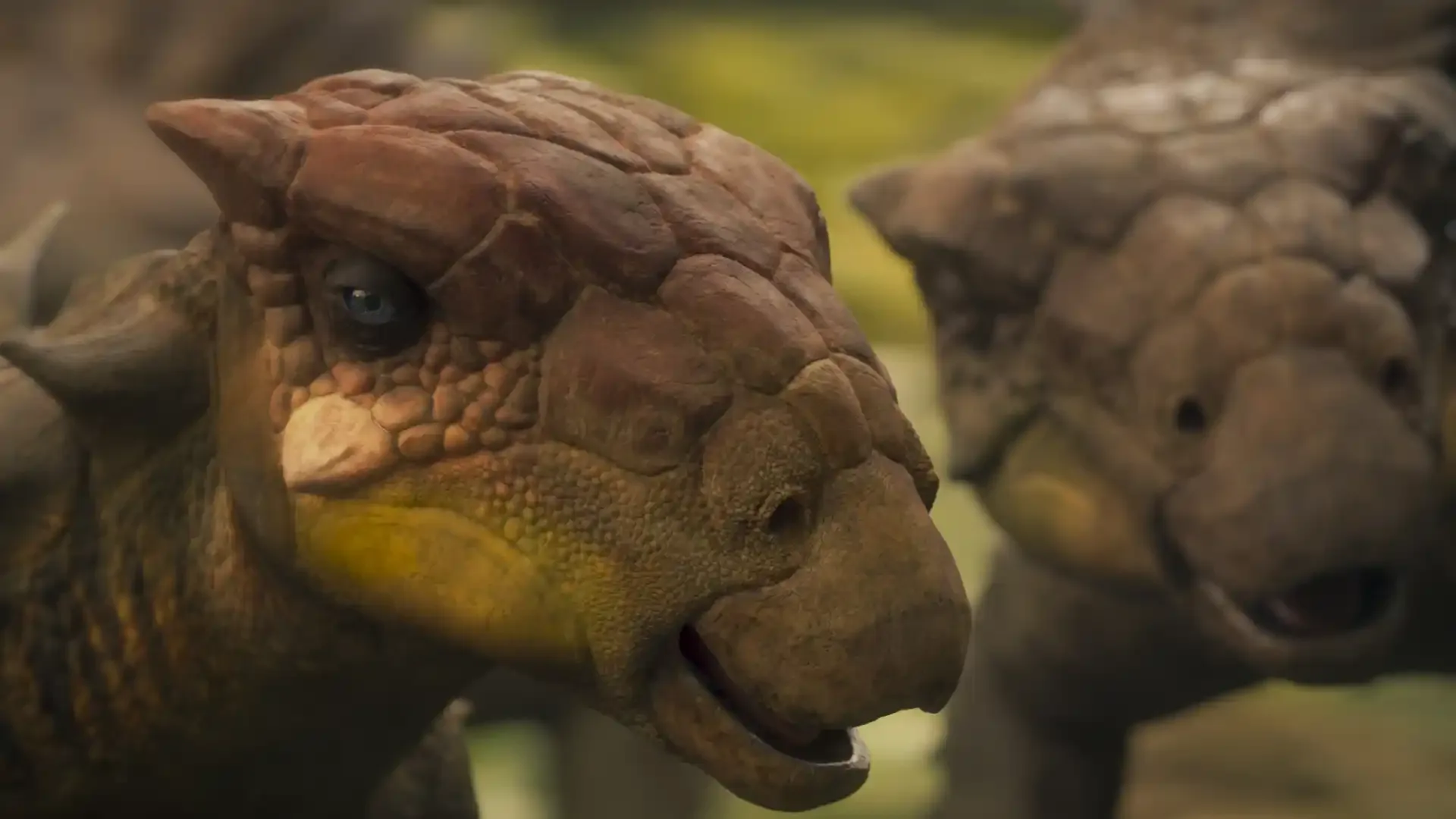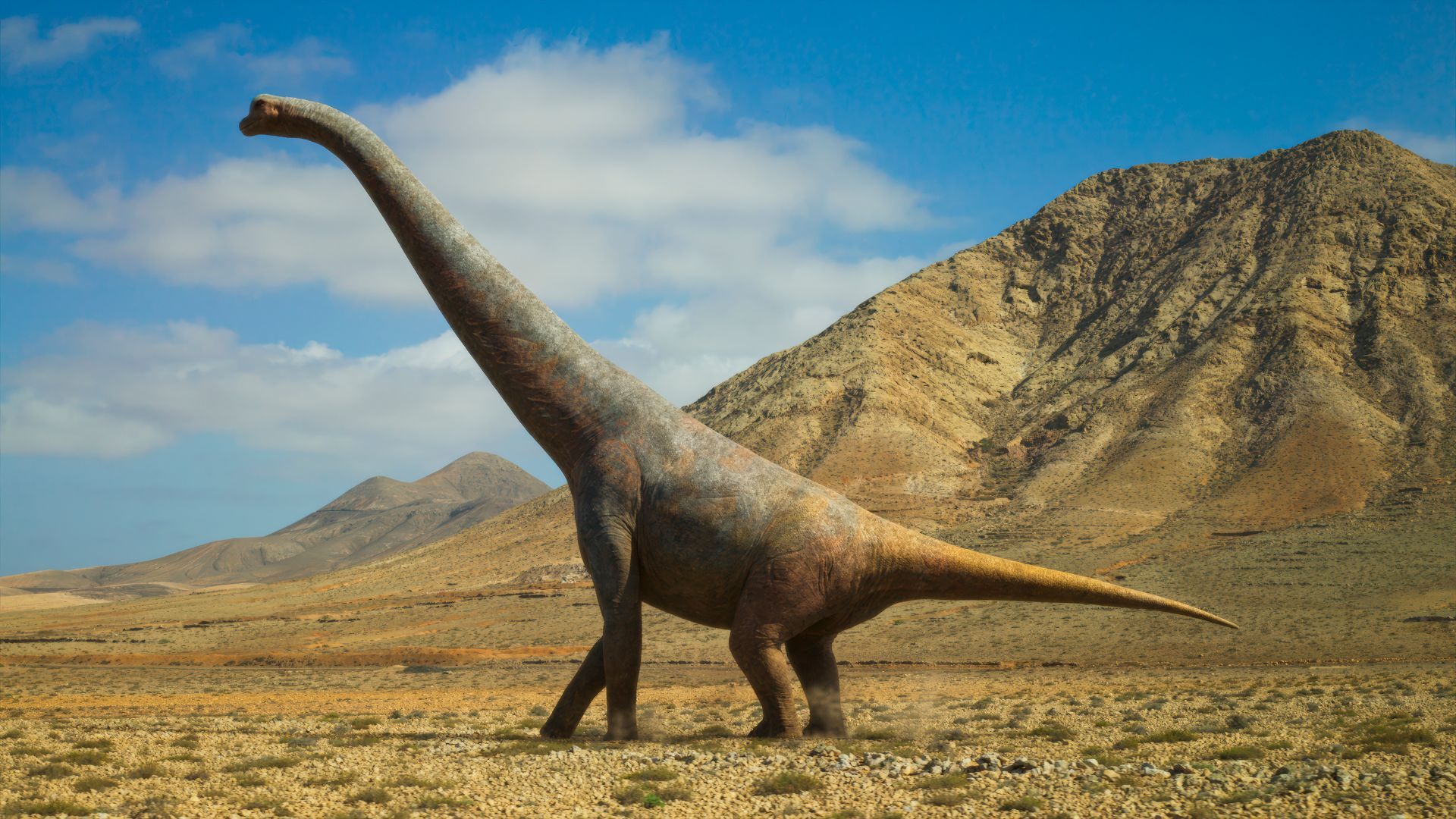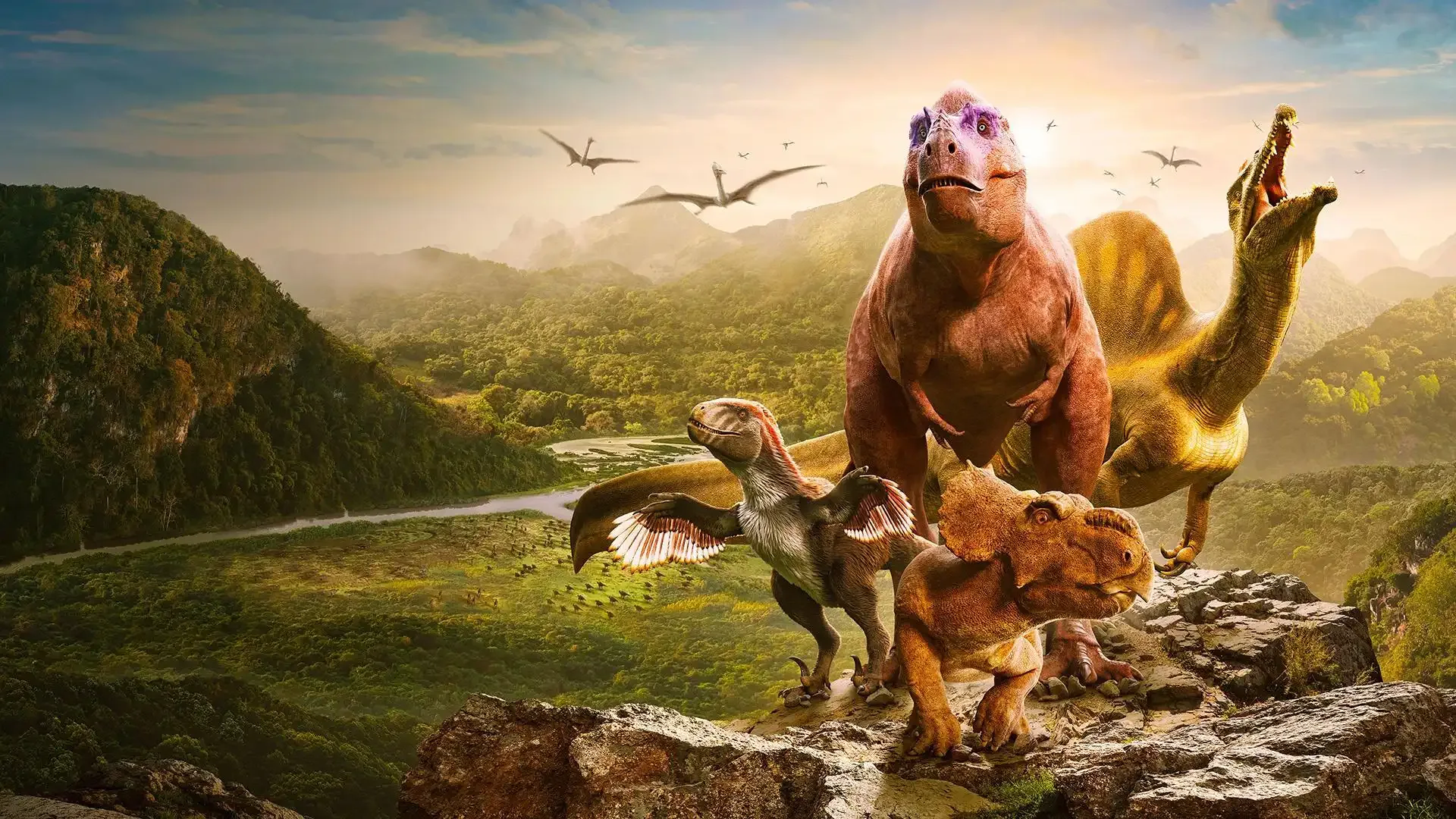What Can We Learn From Dinosaur Bones?
Can a skeleton be a storyteller? When it comes to dinosaur bones, the answer is yes — if you know how to listen!
Prehistoric fossils are a wealth of critical scientific information. Everything from million-year-old scars on a dinosaur skull to the shape of a single skeletal toe can illuminate details like a species’ size, appearance and lifespan. But how do experts turn a bone fragment into a dinosaur’s entire life story?
“Walking with Dinosaurs” on PBS is a firsthand look at how science uncovers the ancient life buried in dig sites. You’ll join paleontologists and other scientists as they meet six unique dinosaurs — and along the way, you’ll learn how to listen to fossils telling stories. Let’s take a look at what we can learn from these dinosaur bones!
What Dinosaur Fossils Teach Us
Imagine looking at dinosaur fossil collections in a natural history museum. At first glance, they may seem like giant bone puzzles built on basic anatomy — but skeletons have a lot more to say.
Here are a few things experts have learned from dinosaur fossils:
Appearance
Although we still don’t know exactly what every dinosaur might have looked like, their bones provide important hints. For example, by comparing fossils from different individuals, experts theorized that every Pachyrhinosaurus had a unique frill — just like humans have unique fingerprints. In “Walking with Dinosaurs,” you’ll see how this bony headdress might have helped each animal identify its loved ones, which is no small feat in herds of thousands.
But fossils don’t just tell stories about friendship and family. Paleontologists have also discovered bony plates showing that Gastonia was always ready for a fight, its defensive armor making it one of the spikiest dinosaurs ever. Similarly, experts have found Spinosaurus sails over six feet tall, leading them to believe that this predator — which was bigger than Tyrannosaurus Rex — might have used its impressive back display to intimidate enemies.
Dinosaur teeth have a lot to say. For example, one smile from a Spinosaurus told experts that this dinosaur had smooth, spiky chompers. The similarities to a modern-day crocodile’s teeth led paleontologists to believe that Spinosaurus ate the same thing: fish. Meanwhile, fossils from herbivores like Pachyrhinosaurus and Triceratops reveal sharp, powerful beaks, suggesting that these species tore apart and snacked on tough plants.
Of course, fossil hunters know that a dinosaur skeleton isn’t the only place to look for evidence. Fossilized feces, called coprolites, also show scientists what an animal might have munched on. Finding small, smooth bones in T. Rex droppings told experts that this predator was likely eating young prey.

The best of PBS, straight to your inbox.
Be the first to know about what to watch, exclusive previews, and updates from PBS.
Behavior
Albertosaurus had tiny arms, just like T. Rex. Paleontologists likely wondered how it became such a fearsome hunter with such weak weapons — until they noticed a key part of the dinosaur skull, that is. Fossils revealed that Albertosaurus had jaws designed to apply brutal force, suggesting that its hunting behavior was likely based on biting and tearing into its prey. Meanwhile, because Albertosaurus was a social animal, it might have used its tiny arms to groom packmates.
Scientists have pieced together similar stories based on the placement, appearance and condition of other bones. For example, in “Walking with Dinosaurs,” you’ll learn that Pachyrhinosaurus fossils are often found in bone beds with thousands of different-aged individuals, suggesting that this species lived in massive family herds. On the other hand, Gastonia fossils are sometimes found in bone beds where all individuals are roughly the same age, suggesting that adolescent males might have gotten booted out of groups (much like in lion prides). Even Albertosaurus' bones tell a social story: Skull scars suggest that face-biting may have been a dominance behavior.
Support your local PBS station in our mission to inspire, enrich, and educate.
Movement
When you look at a complete dinosaur skeleton, you can guess how the animal might have moved — but it takes a careful eye to identify the details. You may not realize Spinosaurus was a swimmer unless you spot its long, thin foot bones, which scientists theorize were webbed for underwater speed. Similarly, you might not guess that Albertosaurus was a runner — but its slender leg bones suggest that it was built for sprinting after prey.
Even something as simple as a single toe can tell experts how a dinosaur moved. Utahraptor had claws for hunting prey — and based on the razor-sharp fossils, scientists guessed that these creatures held each toe claw off the ground to keep them from getting dull.
Fossil Science: How Experts Study Dinosaurs
From the smallest dinosaur bone fragment to the most complete skeleton, every fossil has a story to tell — and a paleontologist must know how to listen. That means having multiple research techniques to answer different kinds of questions.
For example, in “Walking with Dinosaurs,” you’ll see experts look at one giant front limb from Lusotitan. Based on its width and length, they estimate the dinosaur’s total size — which could be up to 35 feet tall! You’ll also get to see experts inspecting Pachyrhinosaurus fossils, noting bone calluses that suggest these creatures could heal from strong blows.
Of course, we don’t have to rely on the past alone; today’s animals can help us out. Some paleontologists use an approach called “comparative anatomy” to compare extinct animals to their modern counterparts. This is how experts in “Walking with Dinosaurs” used Spinosaurus teeth to guess that these dinosaurs enjoyed the same snacks as today’s crocodiles.
Scientists also examine dinosaur bones to find out what isn’t there. For example, they might look for muscle or keratin attachment points, which can suggest how strong a creature might have been. Experts can also find skin impressions hinting at feathers, scales and other features that might not have been preserved along with the fossilized bone. Paleontologists can even look for fossilized pigment cells to find the colors of certain dinosaurs.
But this doesn’t mean we have all the answers. Fossil hunters around the world are still making new discoveries — and as paleontological technology advances, there will be even more to learn.
Meet Your Favorite Dinosaur Species
While we may never know exactly what it felt like to walk with dinosaurs, these prehistoric giants left their stories encased in stone. Experts know how to look at each dino bone and extract hints about how different species looked, moved, behaved and ate, helping bring long-forgotten details back to light.
Ready to join the dig? Check out “Walking with Dinosaurs” on PBS to see your favorite dinosaurs’ stories come to life!
Walking with Dinosaurs
Explore More from Walking with Dinosaurs
